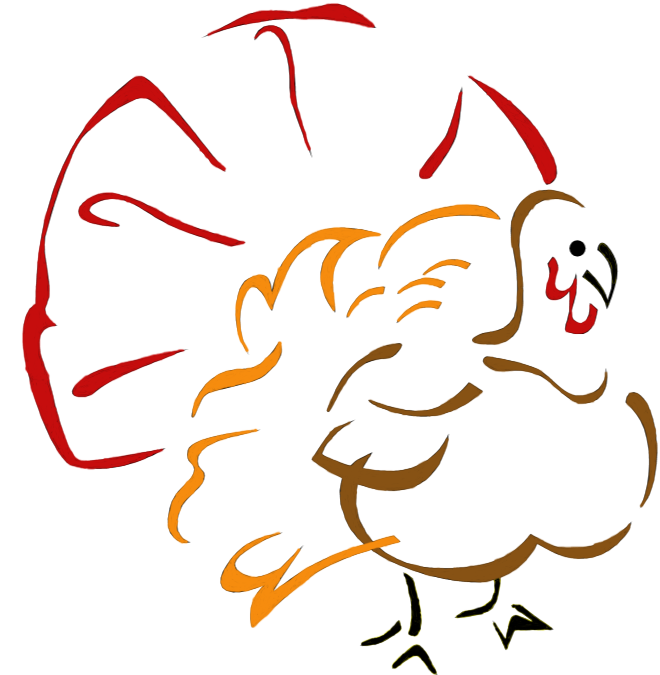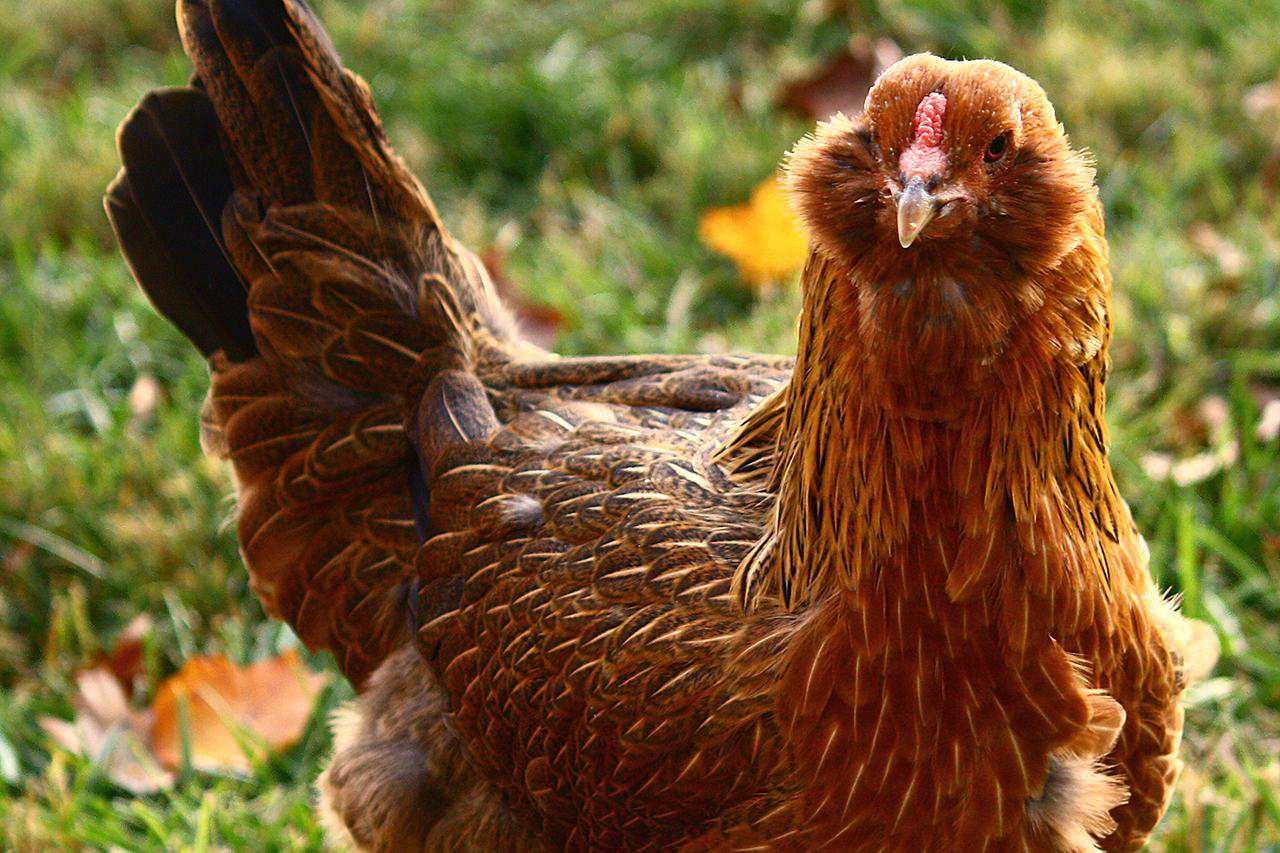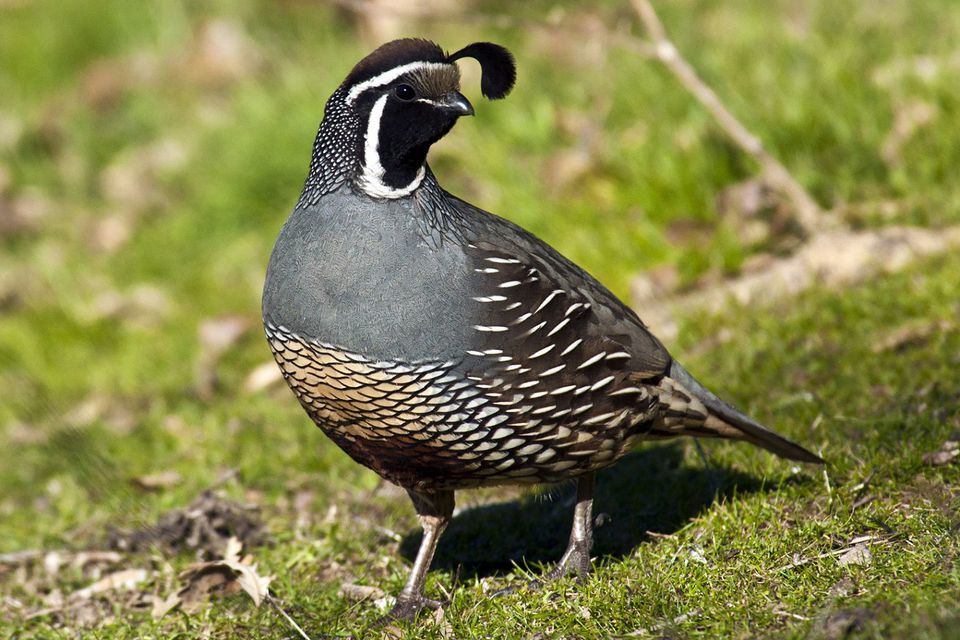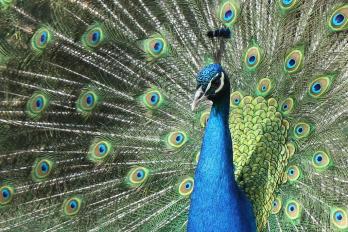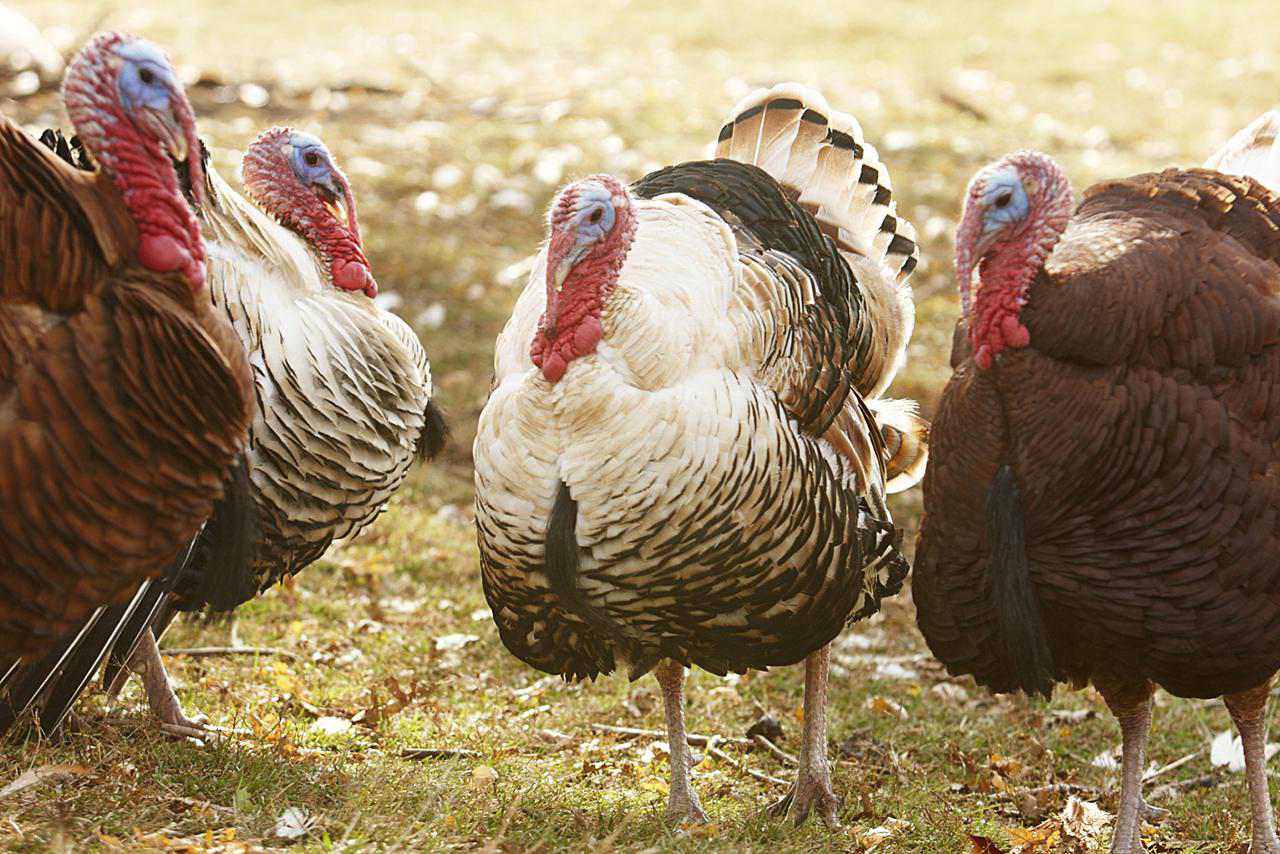WHY RAISE TURKEY?
If you’re looking for something a little different than chickens, this may be the bird for you. As your turkeys grow and mature, you’ll be able develop companionship with your flock. They’ll produce eggs as well as delicious meat for you and your family. You’ll even get some excellent fertilizer for your lawn and garden too.
INCUBATION
The process of incubating turkey eggs is quite similar to that of chicken eggs with some changes in the temperatures and the length the eggs are set. The turkey eggs should be set in an incubator at 99.5°F-100°F for 28 days with the eggs being turned three times a day until after day 25. Make sure that the eggs you place in the incubator are free of straw, shavings, manure, and any other substance that dirties the egg. Making sure that the eggs are clean when placed in the incubator will insure less bacteria penetrating the shell of the egg causing it to rot. The eggs can be kept for seven to ten days before decreasing hatchability and should be kept at ambient temperature of 55°F-65°F prior to being set for incubation.
BROODING
The first step in the brooding process for turkeys is to thoroughly sanitizing the area that they will be placed in along with any equipment, such as heating lamps, waters, or feeders. After sanitation, making sure that no sanitation residue is left behind, the area and equipment should be disinfected and be left to set for three days. The space you should provide for your poults should be enough so that the poults have 1.5-2 square feet of floor space per poult for the first 6-8 weeks of life.
Poults, the baby turkeys, have no ability to regulate their body temperature during the first ten days of their lives and thus, need extra care in the temperature being maintained. The area that the poults are to be kept at should be 95°F-100°F and be reduced 5°F every week and the area should be free of drafts. This supplemental heat is best provided by an infrared heat lamp but can also be obtained by electric brooders. You can tell how well you are heating the area based on the placement of the poults. If the poults are crowded outside along the edges of the brooder guard, the temperature is too hot, and if they are huddled under the heat lamp, the temperature is too cold. You want to have a nice uniform amount of scattered about chicks within the brooder ring. At approximately 4-6 weeks the poults no longer require supplemental heat and should do just fine without it.
The unique thing about brooding turkeys is one uses what is called a brooder guard. A brooder guard is typically used the first one to two weeks of life. A brooder guard is a ring made out of cardboard like material that is usually 18-24 inches high and four feet from the brooder out all around the circumference of the ring. The brooder guard must be shaped in a perfect ring or circle to prevent corners that poults can pile up in. The brooder guard is essential in preventing piling and drafts while also keeping the poults close to feed, water, and heat.
HOUSING
Housing turkeys is no different than housing chickens, they just need to have a little extra room. The turkeys should have a fenced area to help protect from predators as well as an in closed shelter to go into at night to help protect against predators. In the in closed shelter, it is a great idea to provide nest boxes for the turkeys if you are planning on breeding them. Once again, the nest boxes are fashioned much like chicken nest boxes, just made bigger for the turkeys to sit in. When it comes to litter wood shavings, straw, or other litters for poultry found at your local feed stores is best to use. When managing the litter make sure to remove any wet areas and manure. Refrain from using small particle litter to prevent the birds from eating the litter causing problems with digestion. The turkey house should also have proper insulation to keep the birds warm in colder weather and protected from the elements. Perches are great to have for the turkeys as well.
FEED & WATER
Turkeys are fed similar composition in feed as compared to chickens but do require higher numbers of protein, 28% protein for starter turkey feed and 26% for grower feed. Thus, make sure that you coordinate with your local feed or farm supply store or read the protein content on the label, to insure that you are providing the proper nutrition for your flock. The feed needs to be stored somewhere that would be free of moisture to prevent the feed from molding. A common way to store feed in backyard flocks is to by a large trash can with a lid and put the feed in there. This helps keep away moisture or any pests that might try and get in and eat the feed. The feeder’s height should be adjusted as the birds grow.
When it comes to water with the turkeys, it is the same in providing water for any livestock or companion animals. Make sure the water is clean and fresh every day, to keep the turkeys healthy and so that they will drink the water. Just like when dealing with the feeders, the waterer’s height should be adjusted as the bird grows. The waterers during the winter need to be free of ice or not frozen so that the turkeys can still drink. Heated waterers can be purchased at most local farm supply stores.
For turkey poults, when they are just starting out you need to make sure that the poults are knowing where to get feed and water. Have red waterers and feeders help because the birds are attracted to the red color. Using aluminum foil can also help by rolling it into a little ball to place in the waterers and feeders to help attract the poults. Also, make sure the waters are not big enough to where the turkeys could fall in because they then have a possibility of drowning or becoming too cold from being wet. It also helps keep the litter dry and thus, easier litter management.
KEEPING TURKEYS HEALTHY
Biosecurity is the main way to keep birds healthy. Simple biosecurity steps are to separate the bird based on age and quarantine the turkeys once they are brought back from any poultry or livestock shows. The quarantine should last about two weeks and with this quarantine you have less of a chance of spreading any diseases the birds might have come in contact with, while at the show. Other good biosecurity tips are to not share cages, keep number of visitors low especially if they have birds as well, make sure vehicles are washed if they are coming from other farms, and make sure clean boots that are free of any dirt or manure are used when going in with the turkeys. More information on biosecurity is also located on this website under the Small Flock tab as Keeping Poultry Healthy.
One of the main ways to keep turkeys healthy is too NOT raise chickens and turkeys together. When turkeys and chickens are raised together, turkeys run a high risk of contracting the disease histomoniasis, also known as blackhead. This disease effects the liver and ceca of the turkey and can also lead to high mortality in turkey flocks. The best way to prevent this disease from happening is to not own both chickens and turkeys. If you choose to raise both, they need to be kept completely separate and proper biosecurity practices must be kept in place to not transfer the disease.
If you are purchasing poults from a hatchery, the best way to insure less chance of a disease coming in contact with your flock, is purchasing your flock from an NPIP certified hatchery. To be NPIP certified, the hatchery must tested and be clean from Mycoplasma Gallesepticum, Mycoplasma Synoviae, Mycoplasma Melegradis, Pullorum Typhoid, Salmonella Enteritis, and Avian Influenza. Mites and lice are parasites that can plague turkeys. The best way to prevent this is proper biosecurity and keep the turkey houses nice and clean. Most farm supply stores have spray or dustings if your turkeys do have mites or lice.
USPOULTRY’s 360-Degree Virtual Reality Turkey Farm Video Tour
Visit a turkey farm without even stepping outside! The U.S. Poultry & Egg Association (USPOULTRY) recently released a 360° virtual reality video giving viewers an inside look at how turkeys are raised, and the careful measures farmers take as they grow. The virtual reality video allows a panoramic view of the farm by using arrows to look up, down, side-to-side, front and back from the original starting point. This is a great resource for the public to see just how turkey operations function and the meticulous care that goes into growing healthy birds.
While the video is playing, use your mouse to drag the video around while it’s playing!!
RESOURCES
Small-Flock Turkey Production - From Penn State Extension, an excellent resource for those looking to start your own turkey production operation.
Raising Meat Turkeys in Small or Backyard Flocks - From the University of Kentucky a primer on raising meat turkeys in a small flock setting.
Brooding Turkeys Successfully - A guide on brooder management written by Dan Cunningham (University of Georgia).
Why we have Globalization to Thank for Thanksgiving - An interesting article of the rise of the Thanksgiving Day holiday in the United States.





